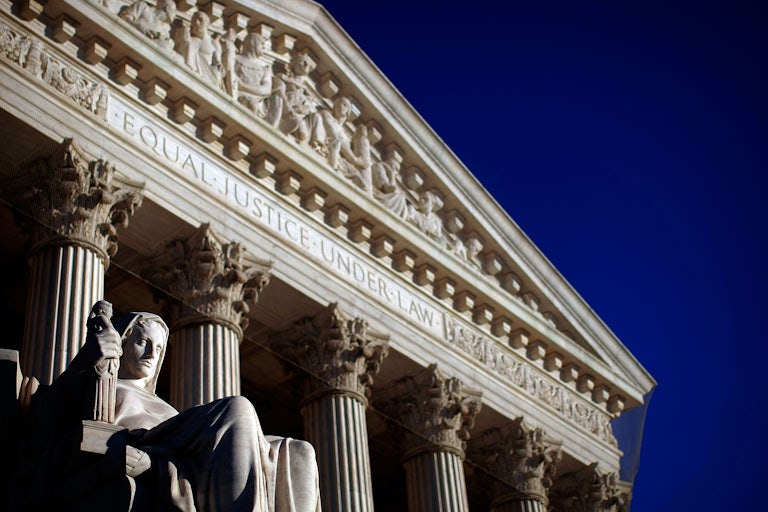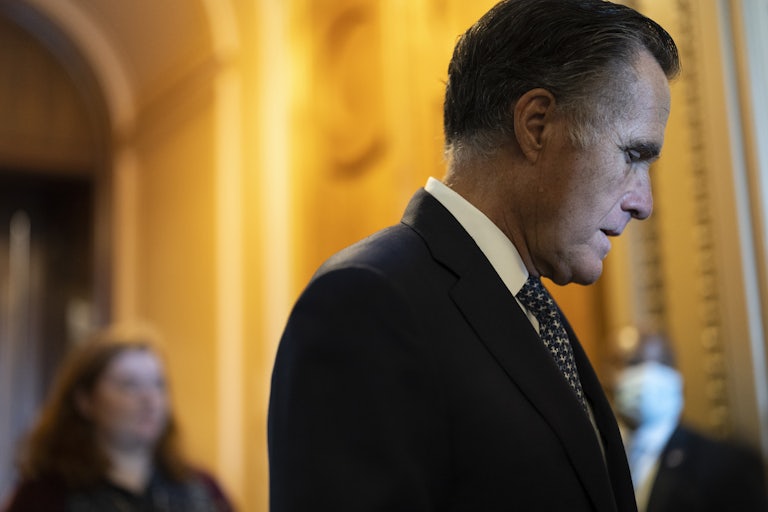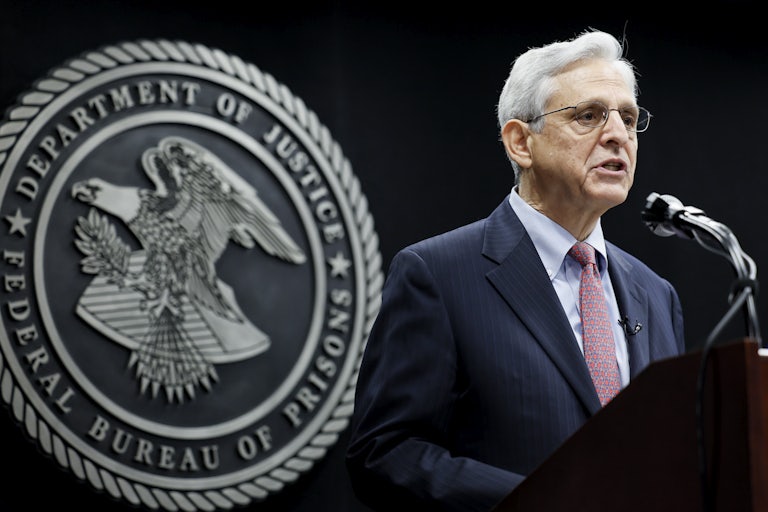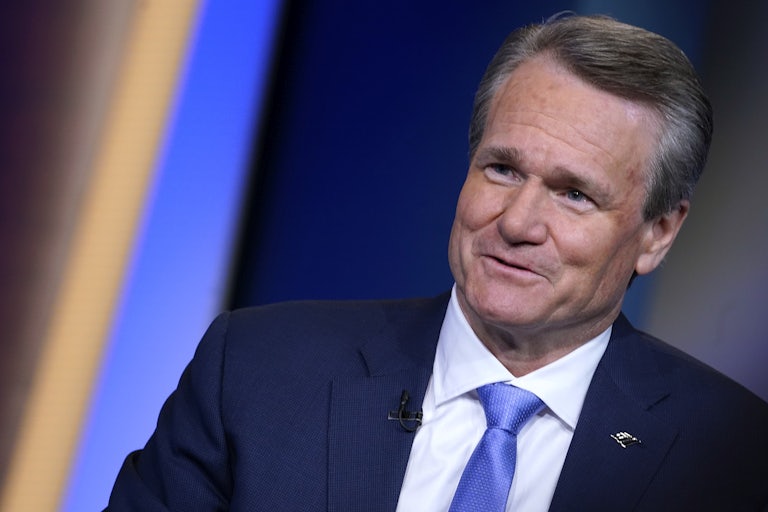The United States of Plutocracy
As if dodgy oligarchs and shifty tax cheats didn’t have enough help hiding their ill-gotten gains, your state government may have stepped up to join the con.

What do you think of when you think of tax havens? For many, the idea evokes Swiss banks or Caribbean islands—far-flung locales where shell companies stack high and shady enablers in fine suits ooze around every street corner. The truth, however, is that havens for illicit and ill-gotten boodle aren’t nearly as exotic as the Robert Ludlum novel in your mind. If there’s one thing that we’ve learned from recent disclosures—such as the Pandora Papers—on the lengths that the rich and powerful will go to stash their wealth, it’s that the most innovative and disruptive tax havens in the world are the ones right next door.
The U.S. is growing in stature as one of the premier locations for oligarchs of all stripes to safely stash their cash. As TNR contributor Casey Michel has noted, the top grifters in the kleptocracy extended universe aren’t just parking their loot in popular Western capitals, they’re buying up real estate in Cleveland—where Ukrainian kleptocrat Ihor Kolomoisky was, at one point, “the largest commercial real estate holder” in the city. There’s a sizable amount of corrupt money flowing through America’s think tanks as well. And the Pandora Papers revealed that there is a small army of stateside lawyers ready to come to the aid of those who need to keep their filthy lucre hidden.
But it’s underappreciated how one of the biggest enablers of this whole corrupt regime might be your state government. According to a new report from the Institute for Policy Studies, or IPS, a growing number of states have become havens for illicit wealth due to the systematic degradation of regulations governing trusts. These instruments, which are probably best known for their utility in allowing affluent parents to sock away money for their children, are being used more and more by bad actors who want to obscure their fortunes or simply avoid paying taxes on them.
As Tim Noah wrote a year ago, the release of the Pandora Papers shone a light on the state that also gets top billing for the IPS: South Dakota, which pioneered the undoing of trusts by repealing what’s known as the “rule against perpetuities,” the backbone regulation that limits the amount of time money can be held in trust. The IPS’s new study reveals the extent to which South Dakota has touched off a race to the bottom among states who want to deregulate the industry further: More than half of U.S. states have repealed the rule against perpetuities.
But that’s just a start—13 states have gone further to enable these stateside tax havens. The upshot is that tax dodgers and kleptocrats suddenly have a lot of options: They can now effectively stash their wealth in perpetuity if they want. Many states even permit the person who establishes the trust to be the beneficiary of that trust as well—an arrangement that practically legalizes tax dodging.
And as the IPS’s Kalena Thomhave and Chuck Collins note at length, the deterioration of the laws governing trusts have many ill effects on ordinary people, from the way “investments by anonymous trusts in real estate” help to “push up the cost of housing for locals” to the democracy-debasing effect of permitting foreign oligarchs and like-minded thieves to stash their plunder here in the U.S.
This corrupted regulatory state impacts our lives in numerous ways. As Thomhave and Collins report, ordinary people don’t derive any material benefit from their states transforming themselves into safe-deposit boxes for oligarchs. They also note that there “is a significant correlation between regressive state taxation systems, which hurt the poorest residents, and trust-subservient state laws.” But the worst effect by far is the way this misrule further entrenches inequality of all stripes:
The wealthy deploy their power to further shape the rules, news, and culture of society, including trust law. They block popular reforms by capturing the political system and ensuring dysfunctional gridlock. This leads to further consolidation of wealth dynasties, impervious to taxation and accountability. It also leads to more social breakdown and polarization as our collective capacity to solve big problems—like responding to a pandemic or ecological disruption—is rendered inoperative.
At The New Republic, we’ve found ourselves asking more and more: Are states OK? A recent book by Jacob M. Grumbach, Laboratories Against Democracy: How National Parties Transformed State Politics, argues that the states have become “the wrecking ball” of democracy, subverting the desires of their citizens and throwing roadblocks in the way of their right to seek redress with their vote. Now this IPS report shows just how many states are signing up to be the haven of illicit money and harbor the ultrawealthy from paying their taxes. Should state governments serve plutocratic elites or their own citizens? A growing number are making the wrong choice.
This article first appeared in Power Mad, a weekly TNR newsletter authored by deputy editor Jason Linkins. Sign up here.









